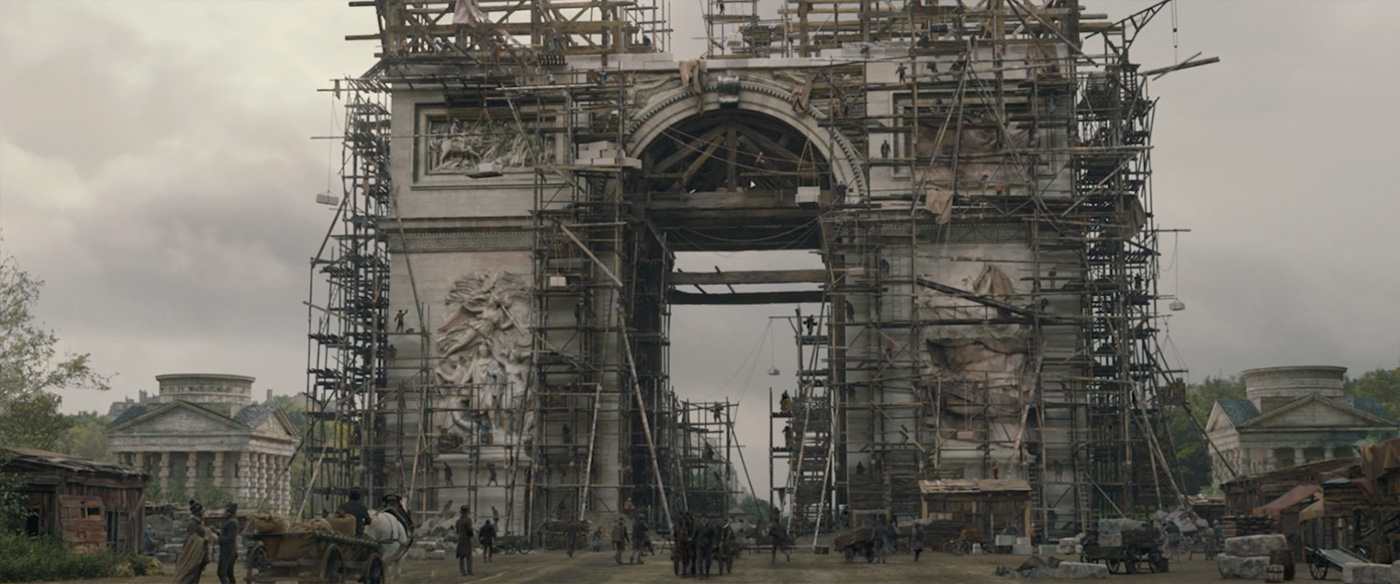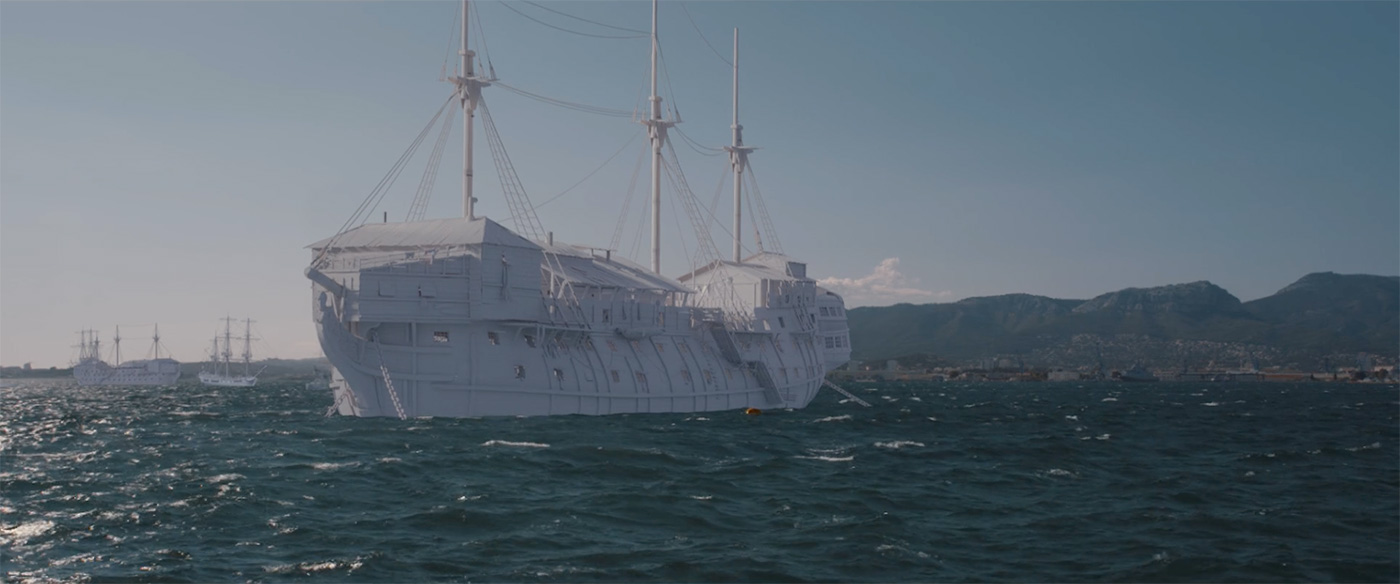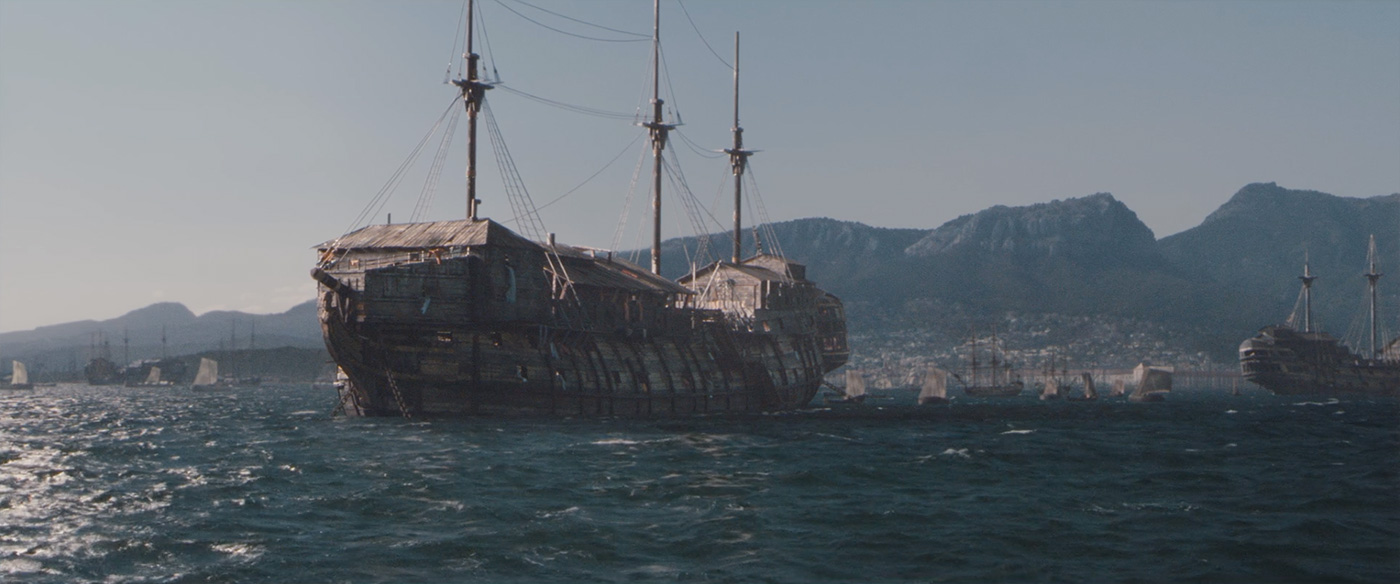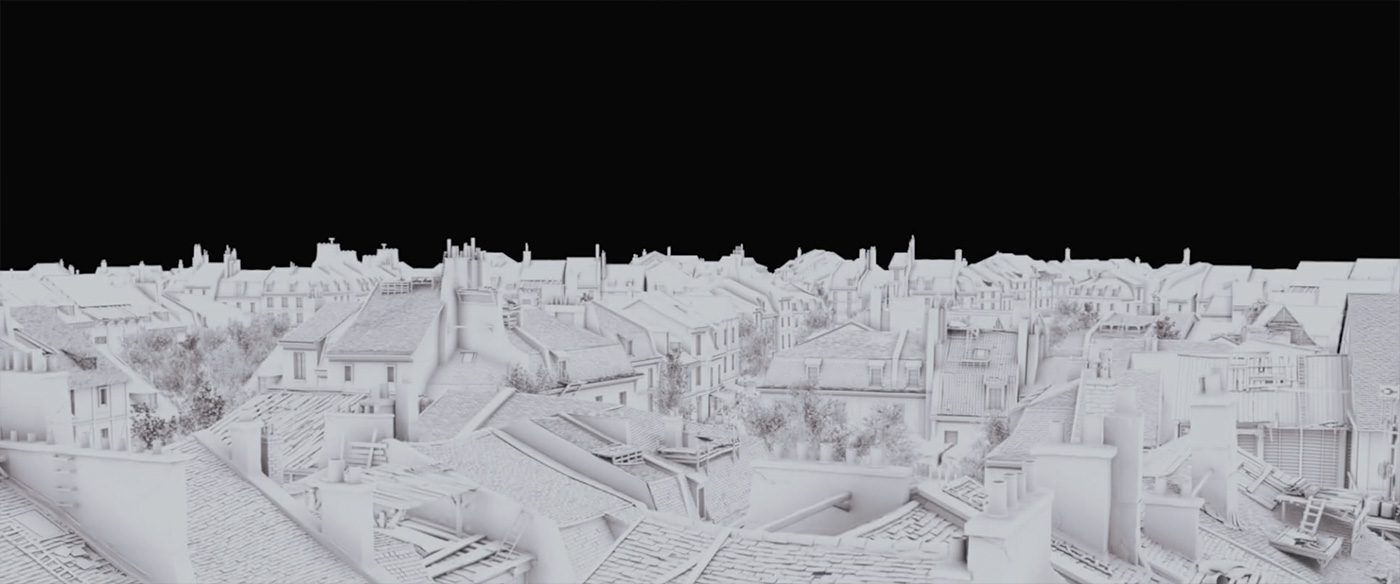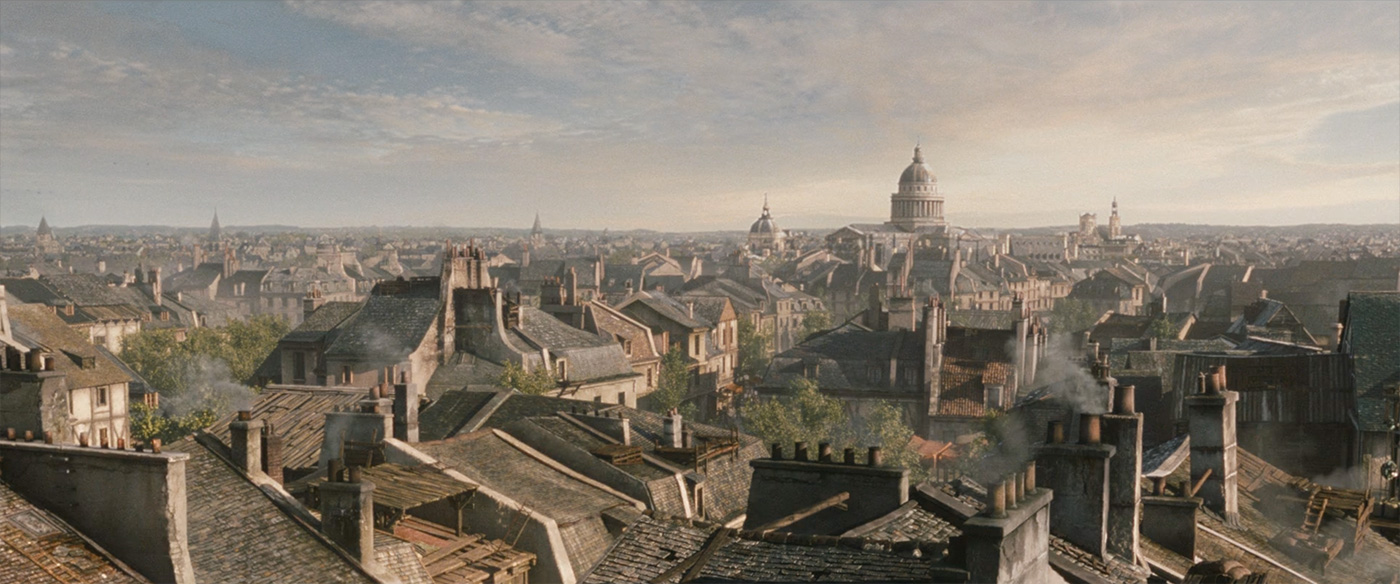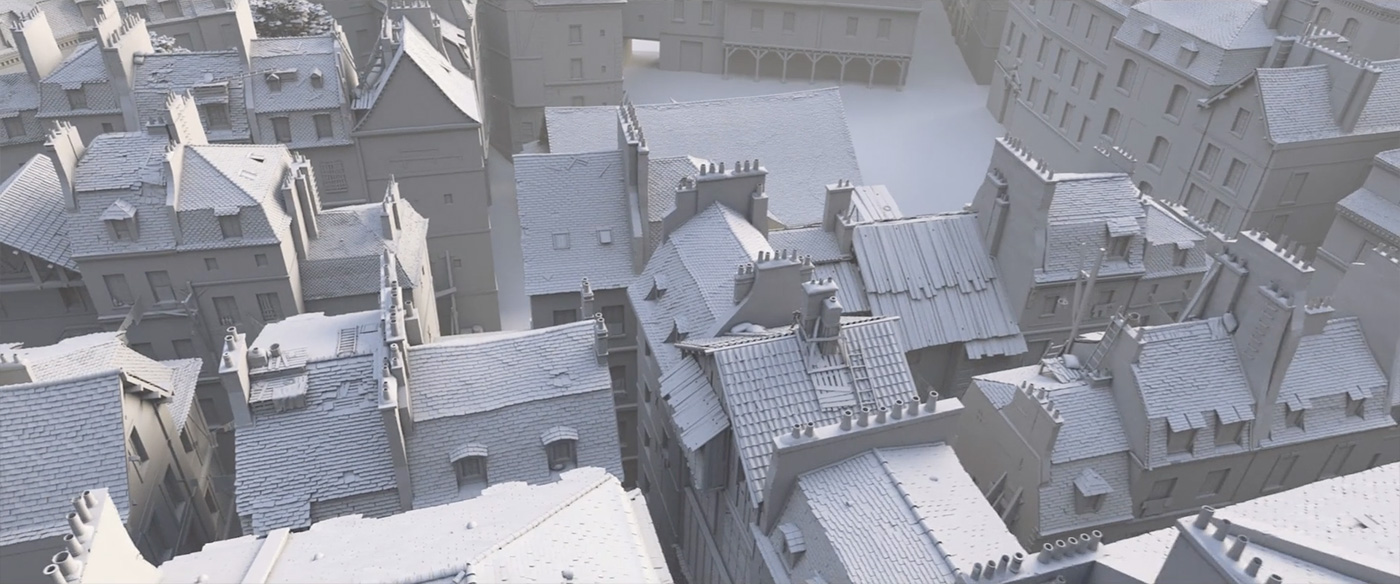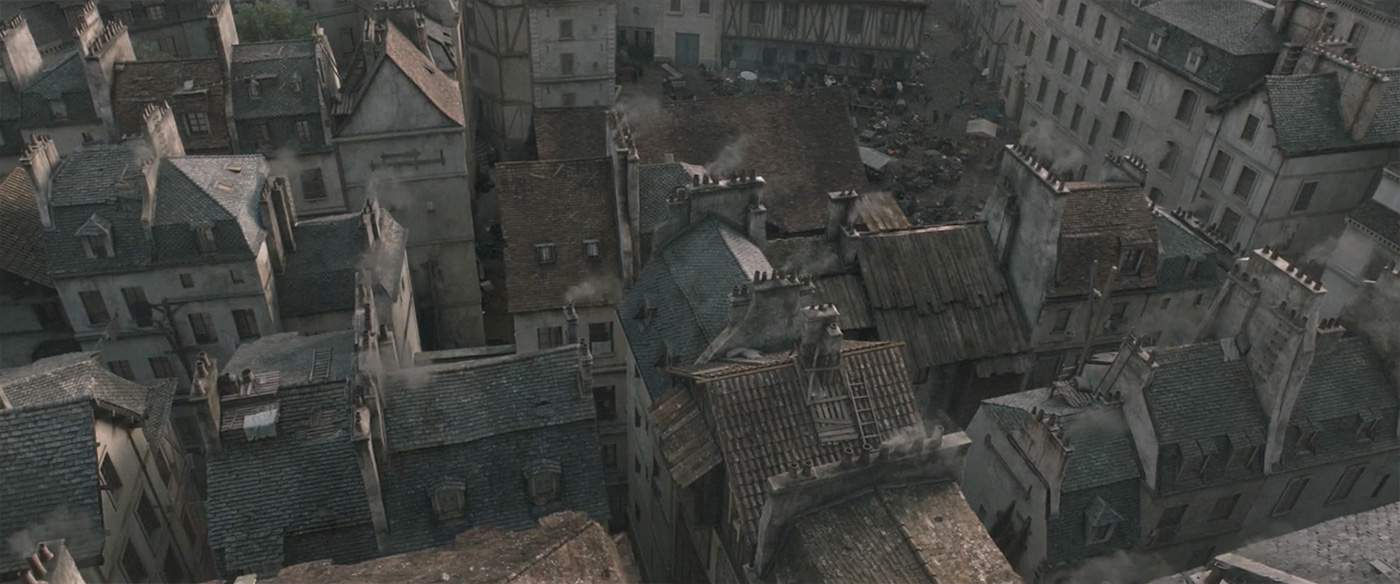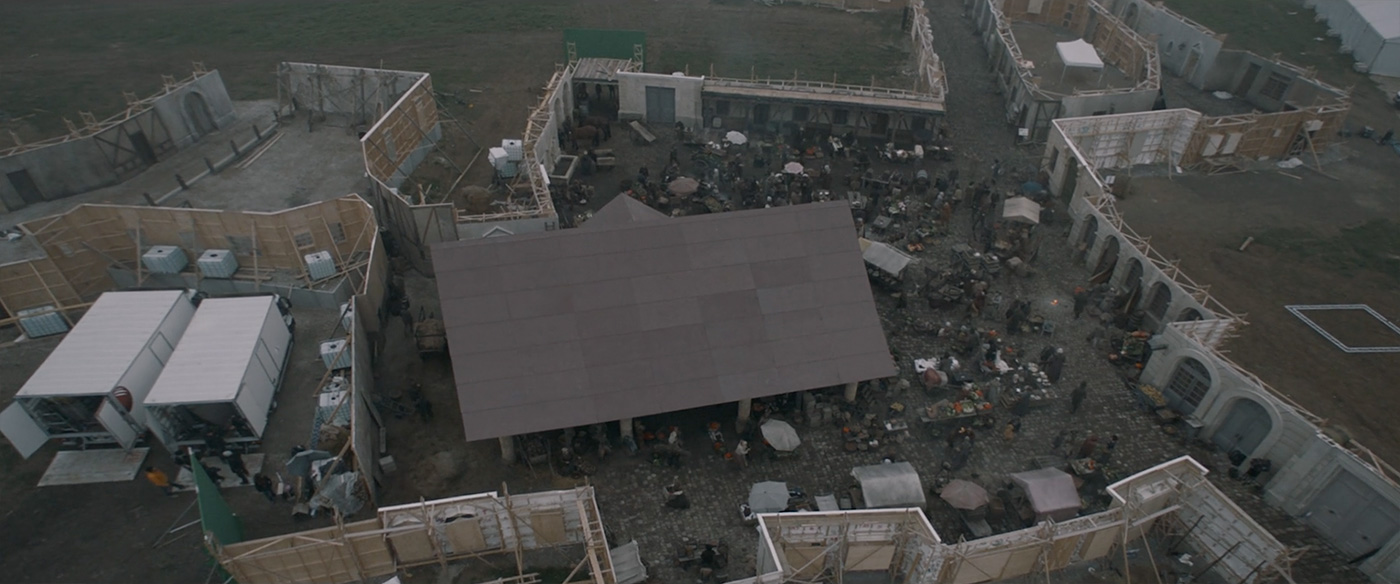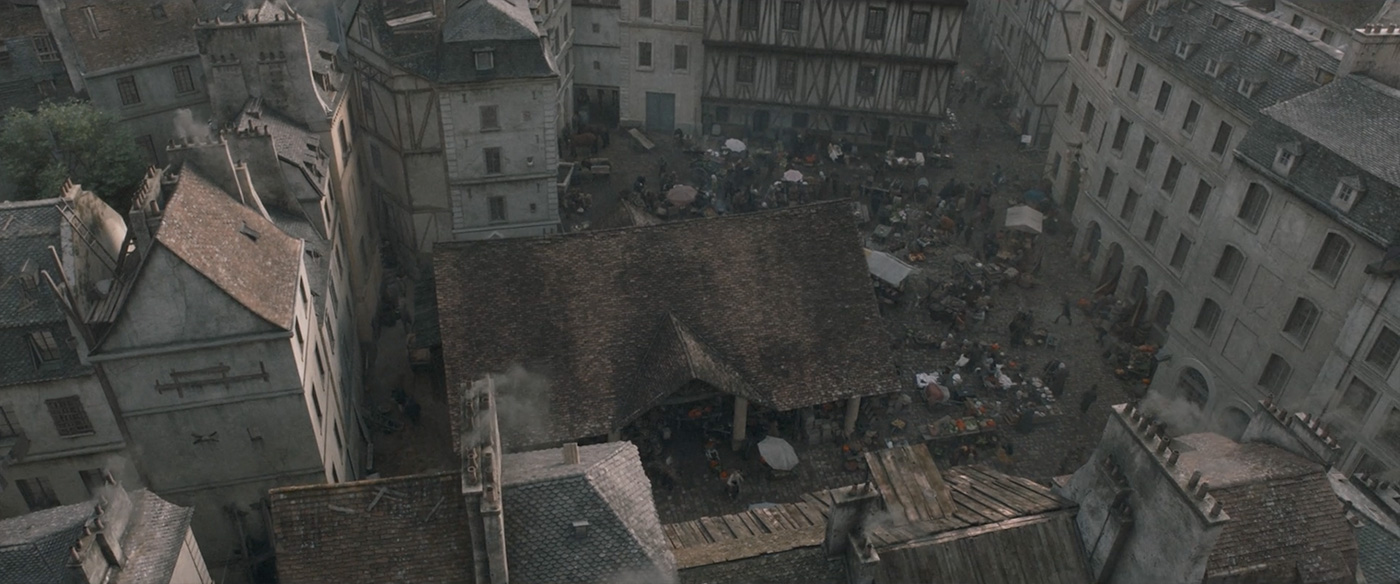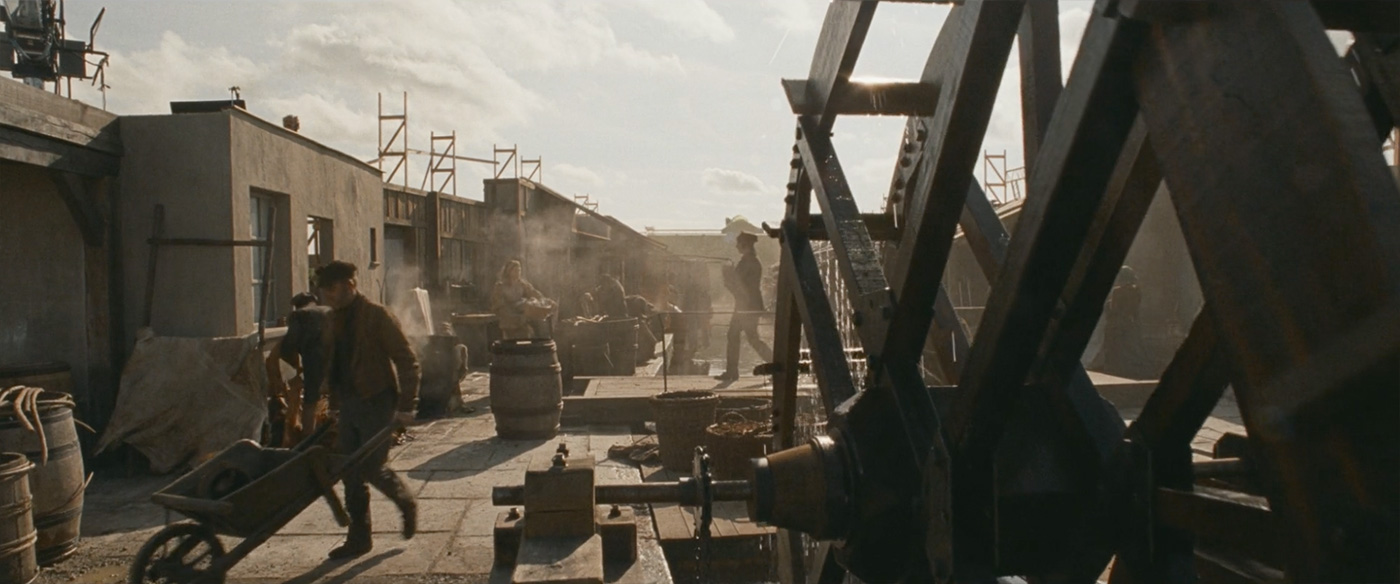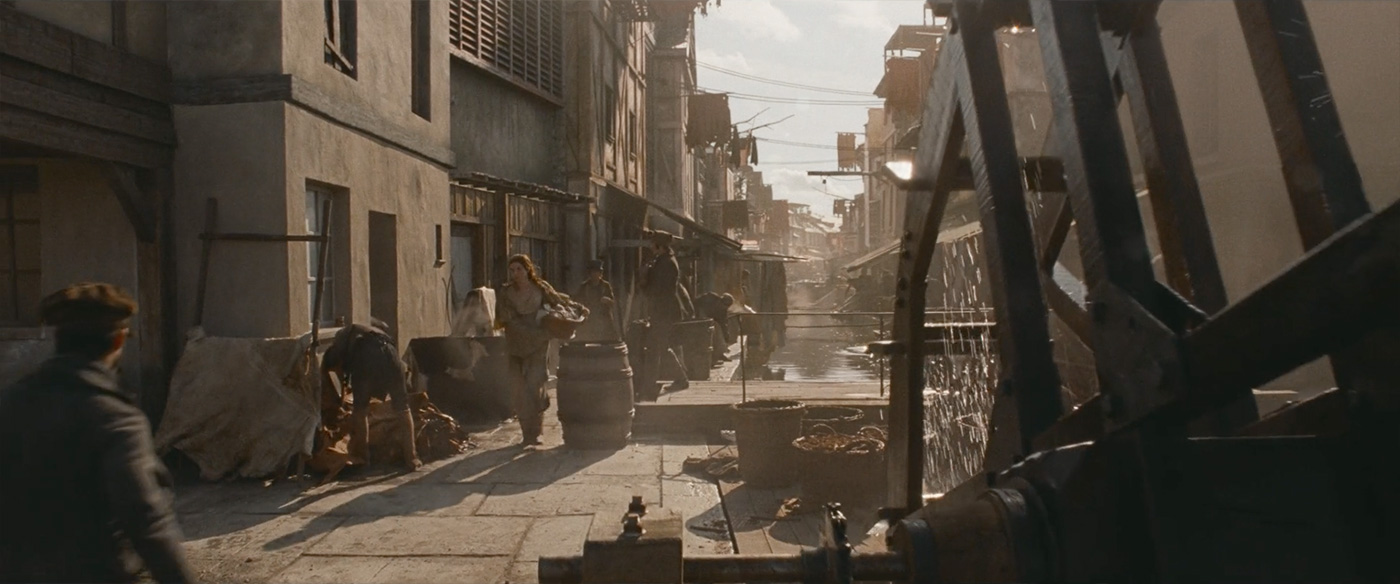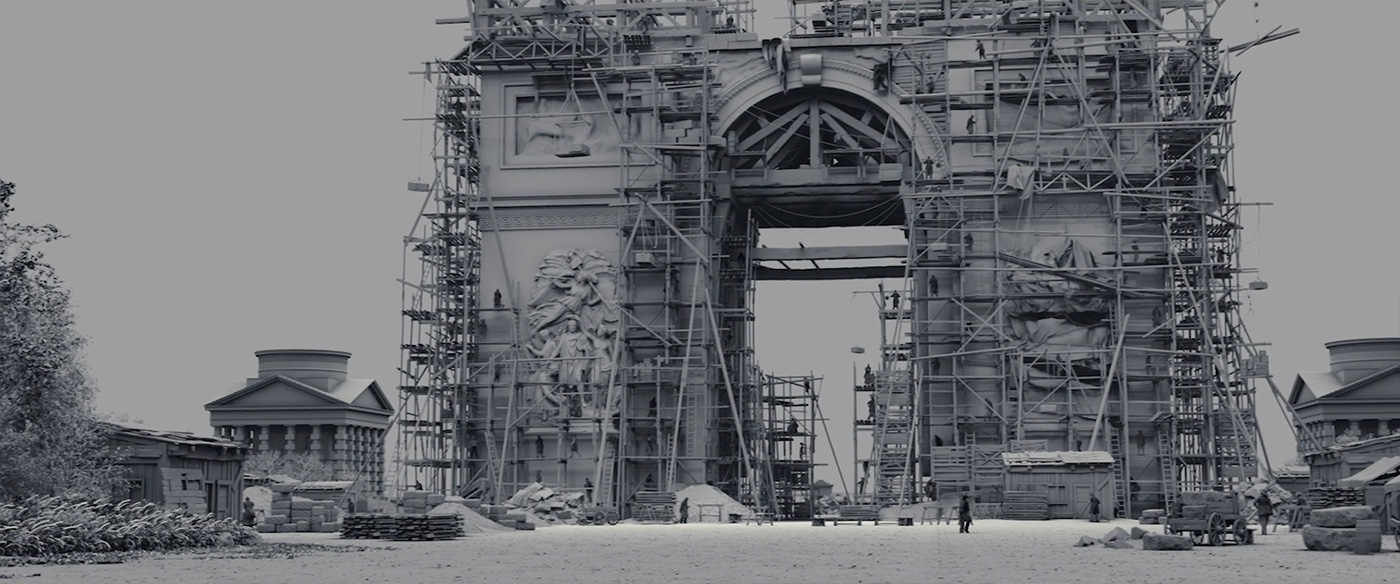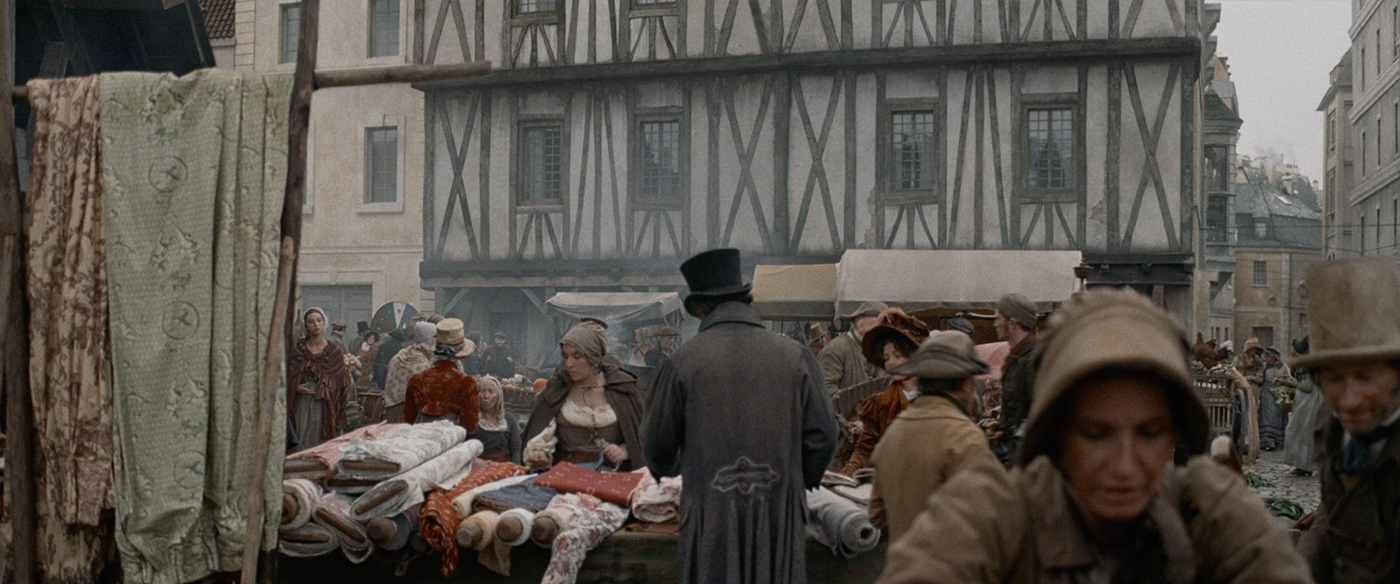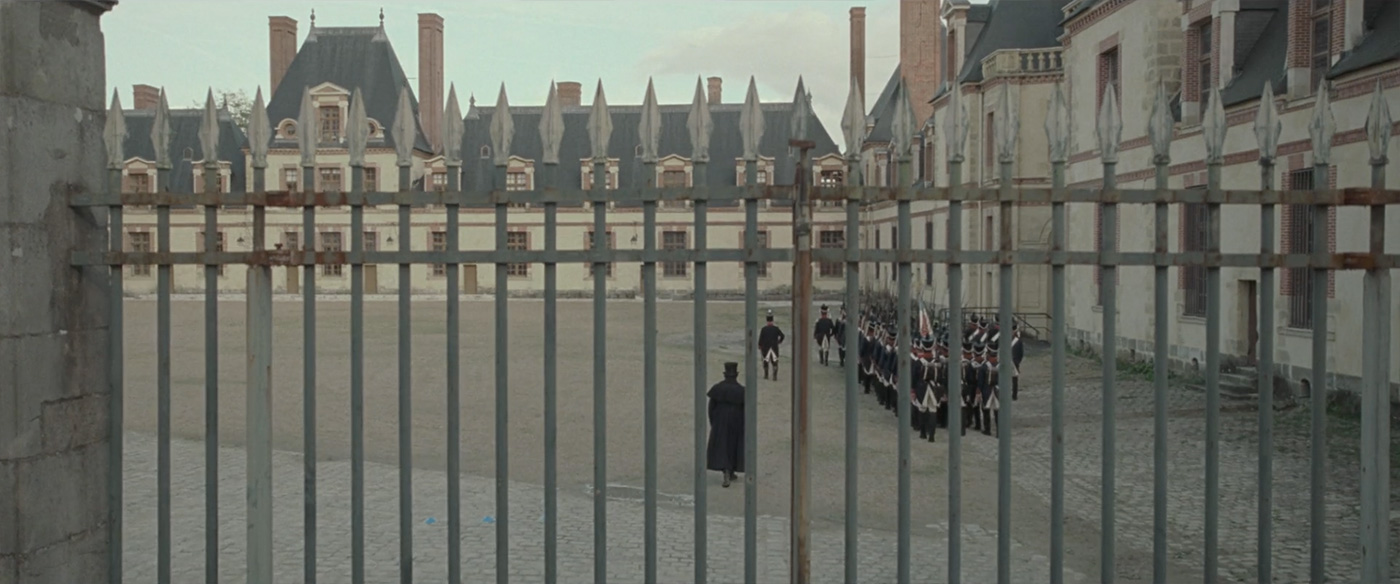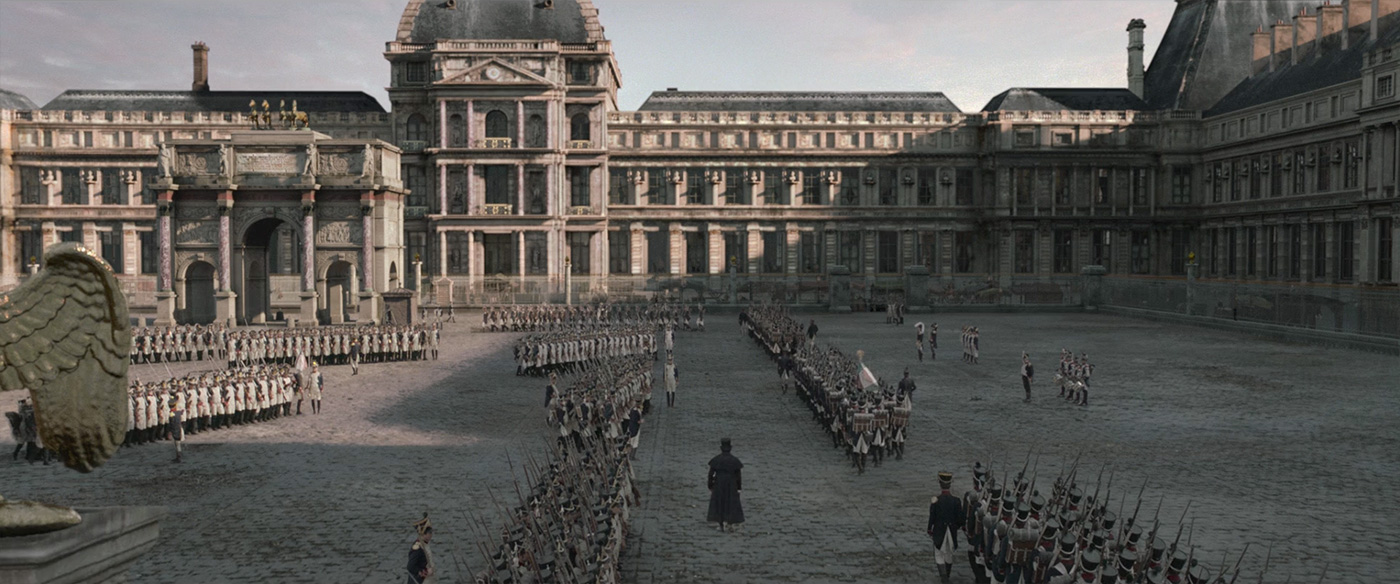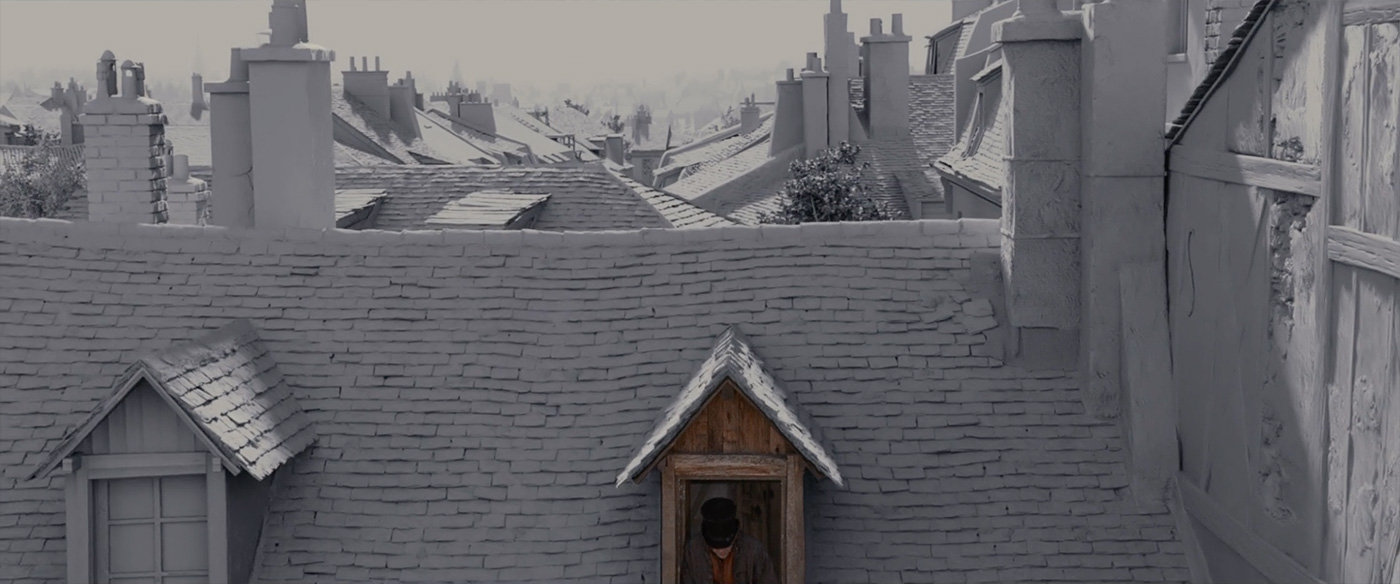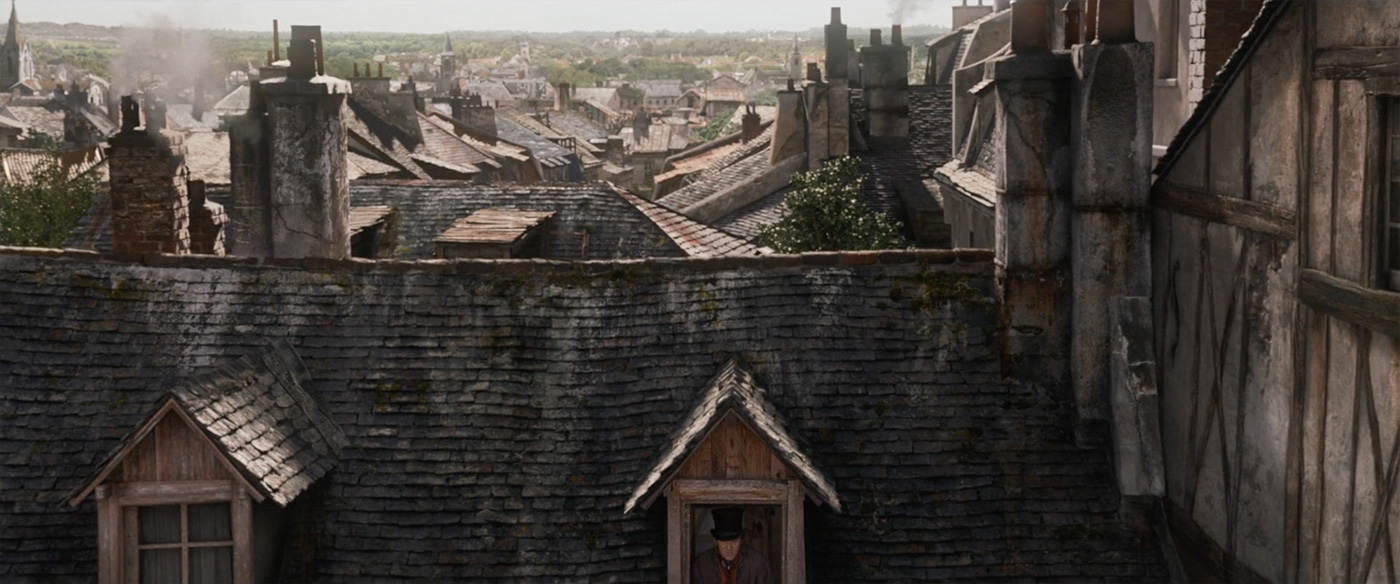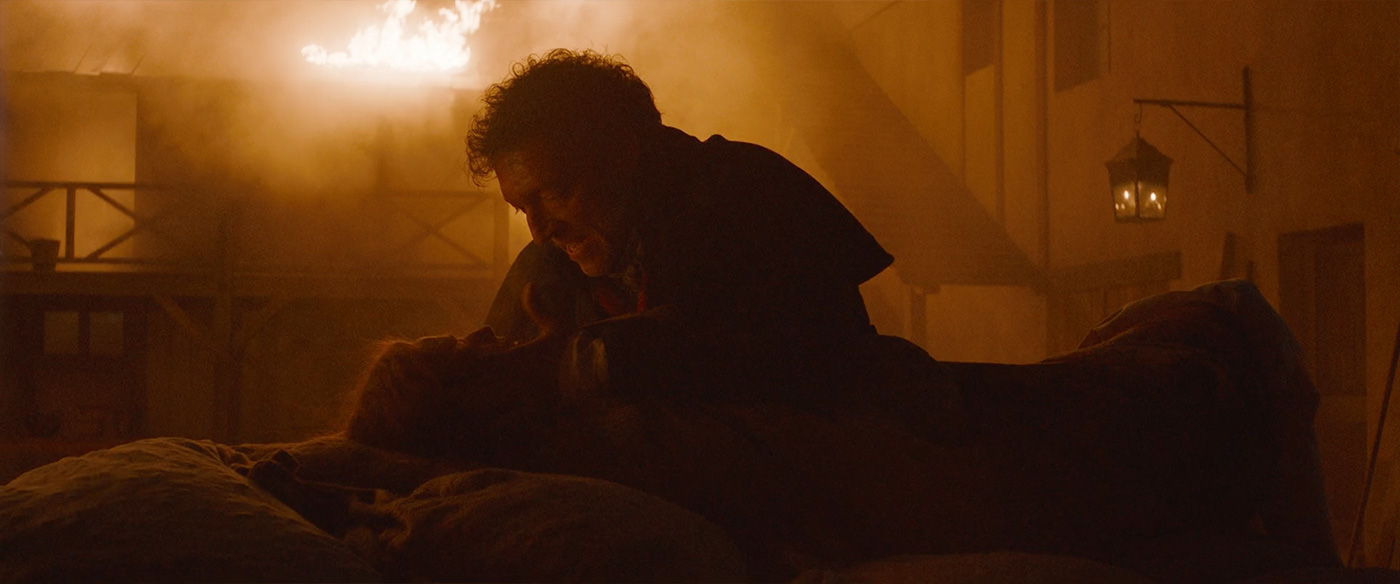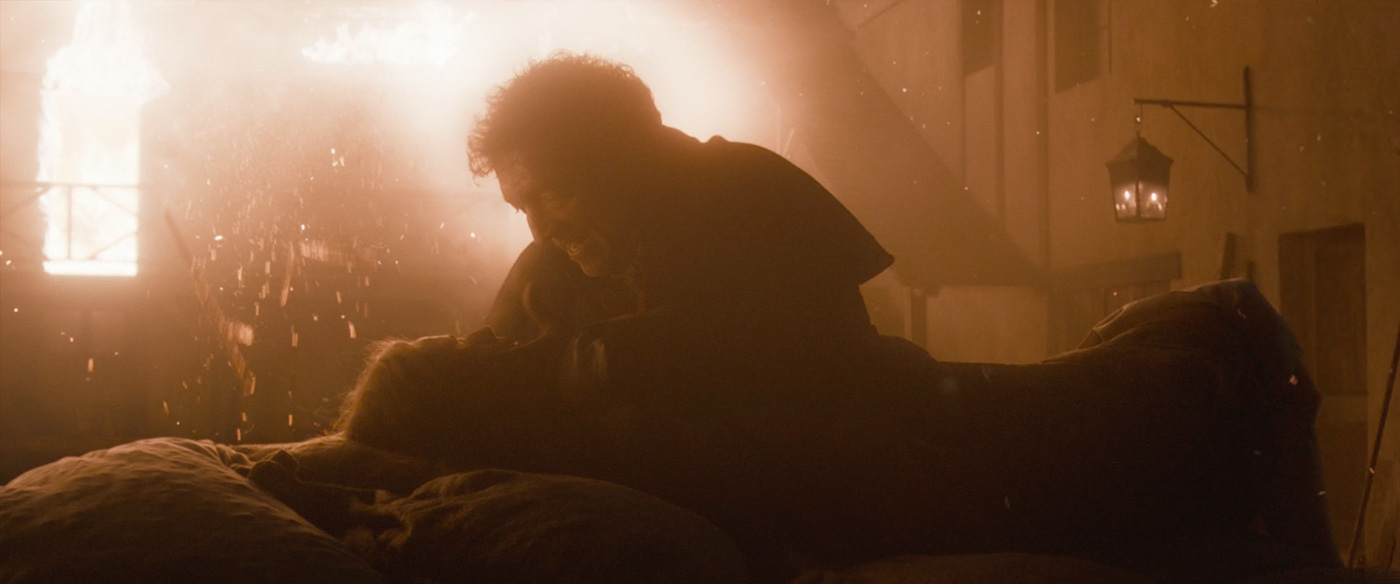Aurelie Lajoux began her visual effects career in the early 2000s at Duboi. At CGEV and as a VFX Supervisor, she took care of the effects of many movies such as BRICE 3, WHAT HAPPENED TO MONDAY, SANTA & CIE and VERSAILLES.
What is your background?
I studied Fine Arts and Art Sciences at Sorbonne University and graduated with a PhD. I was initially prepared for a more academic profession than the visual effects… But I needed to work and I had the opportunity to do an internship at Duboi so then started working as roto artist almost 20 years ago.
How did you and CGEV get involved on this show?
Alain Carsoux, who is the director of visual effects at CGEV, had already created the VFX of Jean-François Richet’s movies such as the MESRINE saga (MESRINE PART 1: KILLER INSTINCT and MESRINE: PART II – PUBLIC ENEMY #1). For THE EMPEROR OF PARIS, it made sense for Jean Francois to call a trusted person as their previous collaboration was a success.
For my part, I like the work of recreating the History and the environment in a general way, so Alain gives me, under his direction, the creation of the effects of the film.
How was this new collaboration with director Jean-François Richet?
Jean-François Richet is someone passionate about history and especially about the First Empire. When working on a historical film, it’s important to have a director who knows perfectly his subject. He is very precise, especially in his direction, he knows exactly what he wants. It requires in return to be rigorous, at least as much as he is… So it was a very rewarding collaboration.
What was his approach and expectations about the visual effects?
The challenge was important because we had to recreate Paris under the First Empire. We had to find the right balance between what could be built on-set and what we could done in visual effects to make this Paris believable.
The movie opens on a boat. How did you create the various boats?
Jean-Francois and his Production Designer Emile Ghigo gave us some boat references from which we were able to start to work on. We have learned a lot about the Napoleonic era’s floating prisons by looking at engravings and paintings from the great ports of the early 19th century (Brest, Toulon and Rochefort) and as we went along, our boat took shape. We did a lot of round trip with Jean-François, which allowed us to modify and extend our boat model.
Can you explain in detail about the ocean creation and the huge environment?
We made previz of the boat and we positioned it in modern Toulon. We looked for a point of view (using Google Earth) that matched to the framing we wanted. We went to filmed some different plates of Toulon at different times of the day trying to be closer to the framing and the focus of the previz camera.
The sea you see in the shot is not in CG, it is a filmed element that has been adapted and embellished with rendering element (reflection, foam and shadow of the boats). The base of the environment is also an element that we shot in Toulon, we replaced the actual city by a nineteenth version. This matte-painting was made essentially from engravings, paintings and models of the Toulon prison.
We then move to Paris. What was your approach to recreate the city?
We wanted to try to recreate the atmosphere of the city at this period while being historically accurate and while serving the direction of Jean-François Richet. It wasn’t a small deal because Paris has been very transformed since Napoleon and some places no longer exist such as the Bièvre Canal or the Palais des Tuileries. We had to do a lot of historical research and iconography to rebuild the neighbourhoods of Paris.
Can you explain step by step creation of Paris?
The work on Paris is a complete collaboration with the set designers teams of the shooting. Some streets were partially built on a backlot in the Paris suburbs. The set designer team built the ground floor of the buildings and we built the other floors in CG. We have reconstructed the set through photogrammetry, then we have modelled it fully and recreated the cameras of each shots. We then put in place the set extensions of the buildings by using the sketch- up and drawings provided by the set designer team on our 3D layout base. We then adjusted the buildings, enlarged or opened some streets according to the aesthetics of the shot or the story of the sequence.
What kind of references did you received for Paris?
We received very diverse references, mostly from painting, photography and daguerreotypes from the end of the 19th Century (Charles Marville and Eugène Atget).
Where was the filmed the various places in Paris?
All exteriors were shot in outdoor studios in the Paris suburbs and modified in CG. Some scenes were filmed at the Château de Fontainebleau including a part of the final scene.
What was the real size of the sets?
The main set was built on the former air base of Bretigny sur Orge. About 10 streets, a market square and a piece of the Bièvre Canal were built on the ground floor.
The city is seen in various lighting conditions. How did you handle the aspect?
It has been one of the most complicated parts for several reasons. There are sometimes important variations of light in the same sequence, which forced us to modify our lighting sometimes significantly in the same sequence. We also had to cheat the light and re-illuminate parts of the building that were no longer consistent once the floor extensions were put in place.
At the opposite, we were also forced in some cases to adapt to the light by changing the height of the extensions. This was the case on the Bièvre Canal where the light sources were too strong and we had to create gaps to let the sun pass.
How did you populate the streets?
We shot elements on a green background that we put back in the plans when it was possible. We also made the crowd in CG including the crowd of workers who is working on the construction of the Arc de Triomphe at the beginning of the film.
How did you work with the SFX and stunt teams?
It wasn’t me who supervised the filming but Jérémie Leroux. You should asked him directly. We have of course worked with the SFX including to adjust the shot of the house on fire. They prepared us a fire base so we could have a bright interaction on the stage. We also shot a lot of elements (blood, muzzle flash, fires, smoke) that we used throughout the film.
The movie ends on a long wide shot. Can you explain in detail about its creation?
The master shot with Vincent Cassel was filmed in the courtyard of the Castle of Fontainebleau. Moreover, from this filmed part, we only kept Vidocq. All the background and the ground were transformed so that we can put in place the Tuileries Palace as it existed at the Napoleonic time. We filmed the shot with a crane elevation of 9 meters which was very insufficient to discover Paris behind the Tuileries. So we extended the camera movement by raising it up to 40 meters.
The soldiers were shot several months after the master shot on the basis of a 3D previz. This previz allowed us to fine-tune the choreography of soldiers with the military and their position in space. We shot 13 plates that were then tracked and projected in the 3D shot.
As for the building, the Tuileries Palace, it doesn’t exist anymore, it has been the subject of much iconographic research. We have fully modelled it on the basis of the engravings and plans that we have been able to find. We used the Louvre for the texture because the Tuileries Palace was part of the same architectural ensemble. For the Musical Ride, it was easier because we were able to use the photogrammetry and hundreds of pictures that we took at the Louvre.
The background is also a 3D reconstruction of the Tuileries Garden, the Rivoli street under construction and the riverbanks of the Seine. As for the Palace and the ground, this was modelled, textured and lighted, then we added to the 3D rendering projections of matte painting to bring detail and realism. We then populated and dressed the set with 3D extras (carriages and pedestrians).
How did you create and animate the army?
The soldiers were actually filmed on an airfield in 13 different passes. We tracked them, rotoscoped them and projected them in the 3D space of the shot. The extras were mostly soldiers trained in « Napoleonic » choreographies. The movements were staged by Jean-François Richet and a Napoleon military expert.
What was the main challenge on the show and how did you achieve it?
The most complex thing was to do something realistic and not to make a « fantasy » version of Paris. We had to be accurate on the History while meeting the expectations of the direction of Jean Francois Richet.
The Paris of the First Empire no longer really exists, the Bièvre Canal, the Tuilerie Palace and the general views had to be completely re-invented and reconstituted. It’s a colossal work of layout and modelling. We did a lot of research and every architectural element was checked. We exchanged a lot with Emile Ghigo, the film’s production Designer, who allowed us to avoid architectural errors and refine our sets.
Which sequence or shot was the most complicated to create and why?
The shot of the Vidocq house fire was quite complex technically and artistically. The shot was filmed in two parts but the two parts of the sequence shot did not match well and it was necessary to reconstitute the middle of the plane in 3D to succeed to tie the ends and make the sequence shot. In addition, the shot is very long so we had to find a good way to accompany the dramaturgy of the scene, it was not easy to build a house on fire without falling into too much. It’s a plan that does not look but has been complicated to achieve.
Is there any other invisible effects you want to reveal to us?
Most of the time, the actors turned with dummy swords writhing, it was necessary to straighten all the swords.
What is your favorite shot or sequence?
I love the market sequences and also the crossing of the Bièvre. I think it’s successful and that it looks like the idea we have popular Paris in the nineteenth.
What is your best memory on this show?
The first time I saw the finished movie with sound. I saw the movie at least 3 times in its entirety without the calibration sound and it was magical when I discovered the finished movie with the definitive sound.
How long have you worked on this show?
About 8 months but I don’t count the filming of 3 months supervised by Jérémie Leroux.
What’s the VFX shots count?
Around 450 shots.
What was the size of your team?
Between thirty and forty people (depending on the moment) in our 2D / 3D departments.
What is your next project?
I’m working on 3 series right now and smaller movies.
What are the movies that gives you the passion for cinema?
Four is not much… CITIZEN KANE, VERTIGO, BLADE RUNNER and THE DEER HUNTER are some of the movies that made me love cinema.
A big thanks for your time.
WANT TO KNOW MORE?
CGEV: Official website of CGEV.
© Vincent Frei – The Art of VFX – 2019


